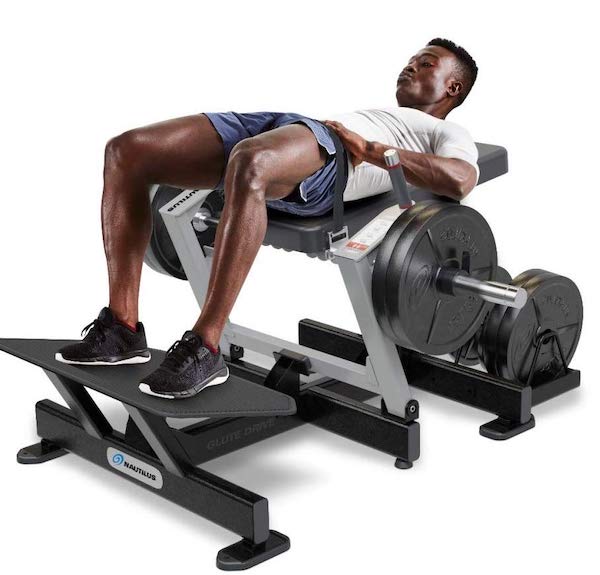Neil E. Wolkodoff, PhD, Medical Program Director
After the age of 30, strength declines in the legs more than any other area in the human body. With that decline in power comes a loss of muscle mass, which negatively affects metabolism and a host of other health and performance factors.
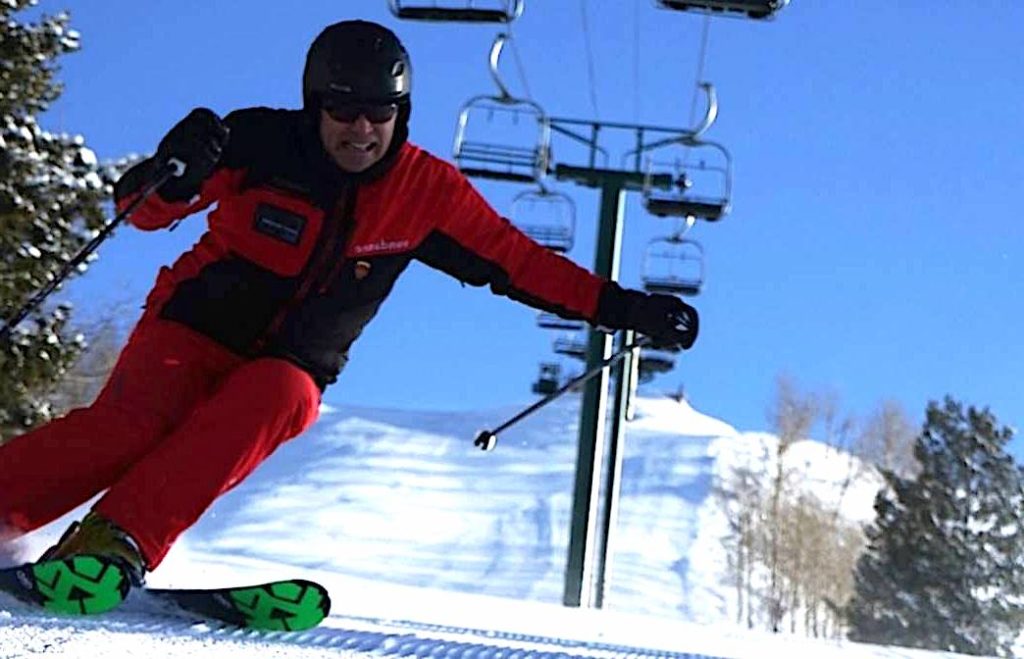
Less muscle at rest, less idle in metabolic terms or calories when not exercising. Less muscle in exercise means that there will be fewer calories burned in exercise (smaller engine), and that means less health and fitness benefits. With less strength in the legs, the ligaments that help hold joints together lose some support, and injury rates rise.
So, whether it is golf, skiing, or flag football, the potential of knee sprains and ruptures of the cruciate ligaments in the back of the knee go up with age. Besides ranking high on the not-fun-scale, ACL tears and subsequent reconstruction will take months to heal, ruining summer and winter recreational activities. Additionally, if your hamstrings are chronically weak, it is likely a rigorous stretching program is in your pain relief future. And with limited effectiveness.
Entering the 30s, it is harder to maintain muscle mass, let alone develop more. Most people are deficient in hamstring strength, which involves the three muscle groups of the semimembranosus, semitendinosus, and biceps femoris in the back of the upper leg. As one passes that age milestone, these leg muscles have even more of a deficit to overcome, which is a more difficult task. This post is a primer on important hamstring strength concepts, not the complete reference.
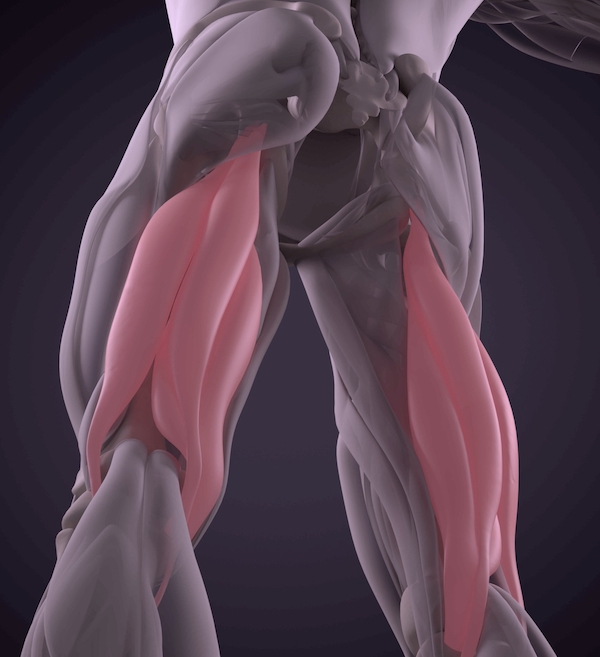
The hamstrings provide knee stability with their tendons and the cruciate ligaments. They are primarily responsible for flexing the knee, and interconnecting with the hip and back muscles in coordinated, whole-body movements that use knee and hip extension, like a squat. They also help rotate the hips in activities like the golf swing and function in holding an athletic posture and maintaining balance.
So just how strong should the hamstrings be to help with function and contribute to fewer knee injuries? While a subject of quite a bit of research, the starting point of a ratio of hamstring to quadriceps (front of the thigh) strength of 55% is a good target minimum. This was first discovered by the San Diego Chargers FB team in its’ relationship to hamstring pulls in running. In simple terms, their data showed if you could perform 100 pounds in a leg extension, the corresponding leg curl should be 66 pounds of weight/resistance. That is with young, professional athletes, so a bit less is reasonable as noted at 55%.
While this does not sound important, some research and experience evidence show overbuilding the quadriceps at the expense of the hamstrings can simply point to the back of the knee as the weak structural link. Some of this conjecture came from observations of strength ratios and injuries with skiers on the World Cup. After a point, too much quad strength without the hamstrings keeping up increases injury risk in this area when combined with the limitation of ski bindings in releasing in certain, backward and twisting movements. Other factors in ACL injuries include knee stability, bone angles, jumping/landing patterns and even foot structure. However, here the key concept is how to improve that hamstring:quad ratio as step one.
Remember, if the injury is violent enough or the knee is in a weak position, no amount of conditioning will totally protect you from an injury. A skiing fall at even 17 m.p.h/27 k.p.h., if done backwards and twisting, can put enough stress on the rear of the knee to rupture the ligaments. And sometimes it is just a twisting movement getting out of a car or on ice and snow.
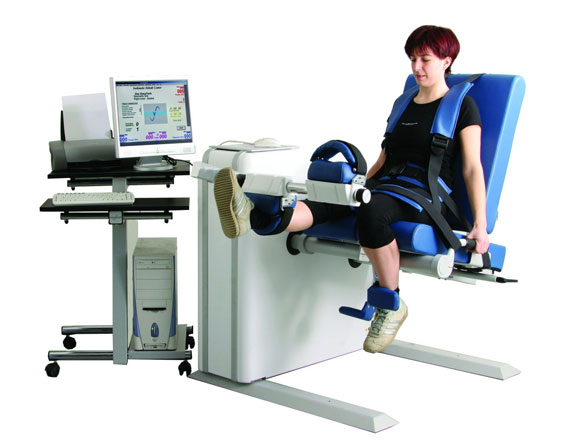
First, if you can get tested, isokinetic testing will give you a baseline of your muscular endurance to power ratios compared to optimal. Here the machine is set to move at a maximum speed, and it can measure how much force you can produce at that speed. Like other things in the physiological realm, good isokinetic equipment is key. More important is someone who has performed numerous leg-strength tests and can understand the data relevant to your situation.
If that is not available, you can do some estimates by performing seated leg extensions compared to seated leg curls. Pick a weight/resistance you must stop at for 10-12 repetitions. Compare the weight used. When you perform that ratio of 55:100, you are probably ahead of most people. 60:100 is better, and 70:100 puts an “S” on your chest. This ratio holds if you can perform reasonable weight with your quadriceps. After age 49, 50% of your body weight is a good target point for your quads in a leg extension if you have no orthopedic issues. Easy to calculate by taking what you can lift for 10 repetitions, then multiplying by 1.33 to get your 1 RM, or repetition maximum.
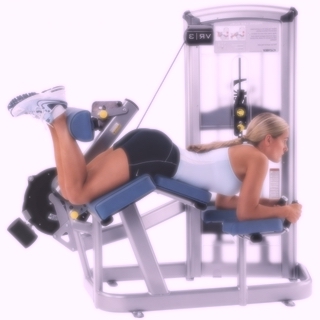
Building strength in the hamstrings involves simple concepts but various training equipment/methods. In short, your training should have some movements that isolate the muscle group paired with exercises that integrate the hamstrings into full-body flexion and extension movements. In addition, the hamstrings do best with multiple sets of 12-15 repetitions as they are more oriented towards endurance than the quadriceps.
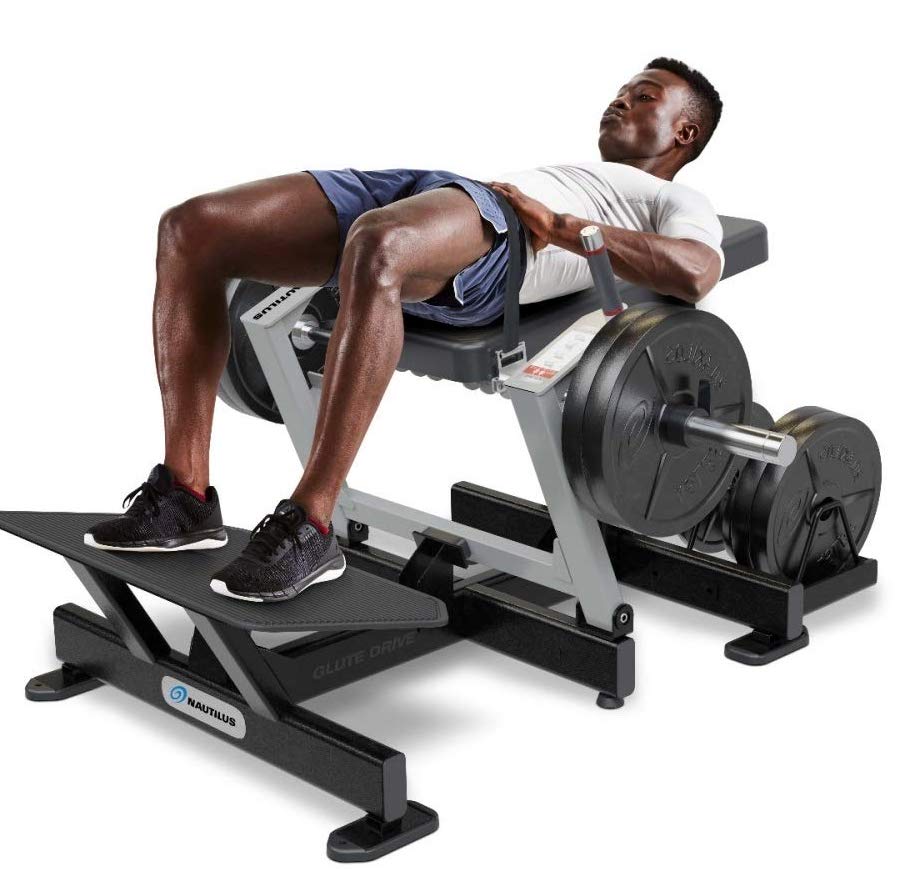
Simple to apply, perform isolation exercises like seated or prone leg curls on one day. Two days later, switch the focus to multi-joint movements. Dumbbell dead lifts, hip extension + flexion movements on a fit ball, glute-hamstring raises (if your center has one of these devices), Nautilus Glute Drive, a VALD, and multi-hip extensions with a kickback. These are examples of multi-joint exercises that improve functional integration and whole-body movements. Be prepared. Most athletic centers aren’t oriented in this way, so you will have to piece together these integrative exercises based upon availability. Part of the rationale for multi-joint, various exercises is to increase body awareness. Very important in skiing so if you are in the “backseat” position, you can stop and recover before the ACL is in a position where rupture is more likely.
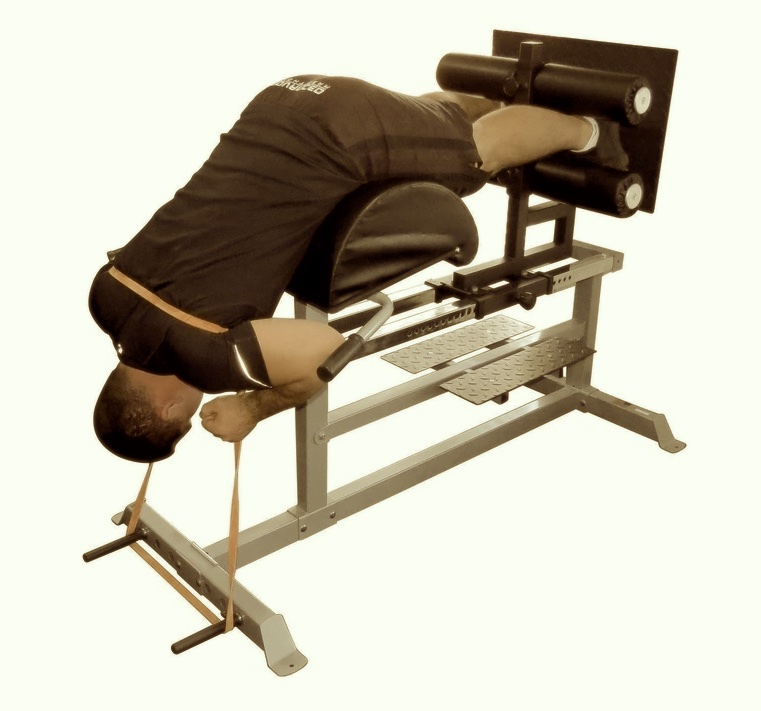
One final consideration, doesn’t activity like walking or cycling build leg strength? The answer is a definite no from the research. If you did absolutely nothing, you might gain a tiny bit of strength from walking. However, if you are moderately active, simply adding more moderate activity, which is aerobic in nature, has virtually no effect on strength.
There has to be significant overload to build strength and structural support in the legs, especially the hamstrings. And that simply means the weight room.
Select References
Ettlinger CF, Johnson RJ, Shealy JE. A method to help reduce the risk of serious knee sprains incurred in alpine skiing. Am J Sports Med. 1995;23(5):531-537.
Borde R, Hortobágyi T, Granacher U. Dose-Response Relationships of Resistance Training in Healthy Old Adults: A Systematic Review and Meta-Analysis. Sports Med. 2015;45(12):1693-1720.
Johnson SC. Anterior cruciate ligament injury in elite Alpine competitors. Med Sci Sports Exerc. 1995;27(3):323-327.
Pieters D, Witvrouw E, Wezenbeek E, Schuermans J. Value of isokinetic strength testing for hamstring injury risk assessment: Should the ‘strongest’ mates stay ashore? [published online ahead of print, 2020 Dec 6]. Eur J Sport Sci. 2020;1-12.
Chen N, He X, Feng Y, Ainsworth BE, Liu Y. Effects of resistance training in healthy older people with sarcopenia: a systematic review and meta-analysis of randomized controlled trials. Eur Rev Aging Phys Act. 2021;18(1):23.
Fyfe JJ, Hamilton DL, Daly RM. Minimal-Dose Resistance Training for Improving Muscle Mass, Strength, and Function: A Narrative Review of Current Evidence and Practical Considerations [published online ahead of print, 2021 Nov 25]. Sports Med. 2021;10.1007/s40279-021-01605-8.
Lee JWY, Mok KM, Chan HCK, Yung PSH, Chan KM. Eccentric hamstring strength deficit and poor hamstring-to-quadriceps ratio are risk factors for hamstring strain injury in football: A prospective study of 146 professional players. J Sci Med Sport. 2018;21(8):789-793.
Koller A, Fuchs B, Leichtfried V, Schobersberger W. Decrease in eccentric quadriceps and hamstring strength in recreational alpine skiers after prolonged skiing. BMJ Open Sport Exerc Med. 2015;1(1):bmjsem-2015-000028.
Kim S, Endres NK, Johnson RJ, Ettlinger CF, Shealy JE. Snowboarding injuries: trends over time and comparisons with alpine skiing injuries. Am J Sports Med. 2012;40(4):770-776.
Bechler JR, Jobe FW, Pink M, Perry J, Ruwe PA. Electromyographic analysis of the hip and knee during the golf swing. Clin J Sport Med. 1995;5(3):162-166.
Šarabon N, Kozinc Ž, Perman M. Establishing Reference Values for Isometric Knee Extension and Flexion Strength. Front Physiol. 2021;12:767941.
Färber S, Heinrich D, Werner I, Federolf P. Is it possible to voluntarily increase hamstring muscle activation during landing from a snow jump in alpine skiing? – a pilot study. J Sports Sci. 2019;37(2):180-187.
Ireland A, Mittag U, Degens H, et al. Age-Related Declines in Lower Limb Muscle Function are Similar in Power and Endurance Athletes of Both Sexes: A Longitudinal Study of Master Athletes [published online ahead of print, 2021 Sep 9]. Calcif Tissue Int. 2021;10.1007/s00223-021-00907-3.
Abdalla PP, Dos Santos Carvalho A, Dos Santos AP, et al. Cut-off points of knee extension strength allometrically adjusted to identify sarcopenia risk in older adults: A cross-sectional study. Arch Gerontol Geriatr. 2020;89:104100.
Wiegmann S, Felsenberg D, Armbrecht G, Dietzel R. Longitudinal changes in muscle power compared to muscle strength and mass. J Musculoskelet Neuronal Interact. 2021;21(1):13-25.
